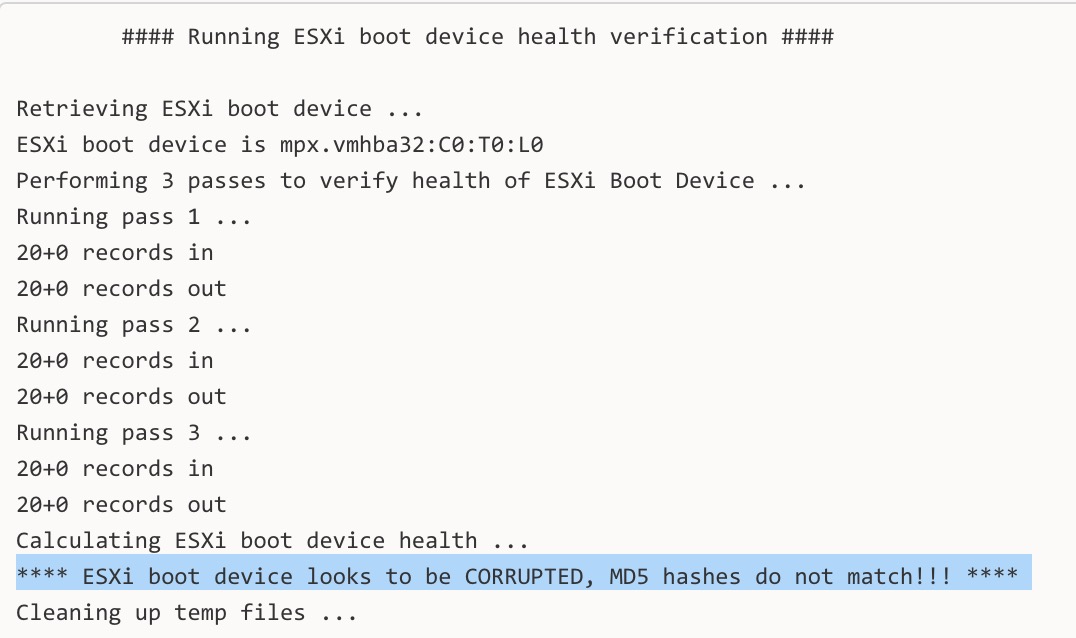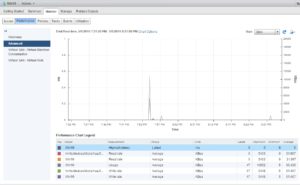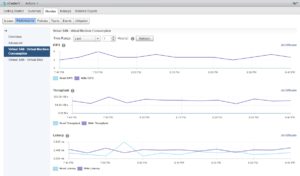How to make a vSAN storage only node? (and not buy a mainframe!)
I get asked on occasion, “can I buy a vSAN storage only node?” It’s generally followed by a conversation how they were told that storage only nodes are the only way to “control costs in an HCI future”. Generally they were told this by someone who doesn’t support external storage, doesn’t support easy expansion of existing hosts with more drives, and has management tools that are hostile to external storage and in some cases not support entire protocols.
It puzzled me at first as it’s been a long time since someone has tried to spin only being able to buy expansion storage from a single vendor in large chunks as a good thing. You would think it’s 1976 and we are taking about storage for mainframes.
By default vSAN allows you to use all hosts in a cluster for both storage and compute and encourages you to scale both out as you grow.
First off, this is something that can be avoided with a few quick tricks.
- If you are concerned about growing storage asymmetrically, I encourage you to design some empty drive bays in your hosts so that you can add additional disk groups in place (It’s not uncommon to see customers double their storage by just purchasing drives and not having to pay more for VMware licensing!). I see customers put 80TB in a host, and with all flash RAID 5 and Dedupe and Compression you can get a LOT of data in a host! I’ve seen a customer buy a R730XD and only use 8 drive bays to start and triple their storage capacity in place by simply buying some (Cheaper, as it was a year later) drives!
- If this is request is because of HIGHLY asymmetric growth of cold data (I have 50 TB of data for hot VM’s, and 600TB per host worth of cold data growth) I’d encourage you to use vSAN for the hot data and look at vVols for the cold data. VMware is the only HCI platform that gives you a seamless management framework (SPBM) for managing both HCI storage, as well as external storage. vSAN is great for 80% of total use cases (and more than often enough for 100% of many customers) but for corner cases we have a great way to use both. I’ve personally run a host with vSAN, iSCSI, FC and NFS and it works and is supported just fine. Having vVols to ease the management overhead of those other profiles can make things a lot better! If your growing bulk cold data with NL-SAS drives at large scale like this JBOD’s on a modular array are going to be the low cost option.
Now back to the question at hand. What about if the above approaches don’t work. I just need a little more storage, (maybe another host or 3’s worth) and my storage IO profile is growing with my data so it’s not a hot/cold problem and I’d rather keep it all on vSAN. Also you might have a concern about licensing as you have workloads that if they use a CPU for compute will need to license the host (Oracle, Windows etc). In this case you have two options for a vSAN storage only node.
First lets define what a storage only node is.
- A storage only node is a node that does not provide compute to the cluster. It can not run virtual machines without configuration changes.
- A storage only node while not providing compute adds storage performance and capacity to the cluster.
The first thing is to determine what licensing you are using.
If you are using vSphere Enterprise Plus here is how to make a storage node
Lets assume we are using all flash and purchase a 2RU host with 24 drive bays of 2.5” drives and fill it full of storage (~80TB of SSD can be put into a host today, but as bigger drives are certified in the future this could easily be a lot more!). Now to keep licensing costs down we are going to get a single socket CPU, and get fewer cores (but keep the clock speed high). This should help control power consumption.
you can leverage DRS “Anti-affinity” rules to keep virtual machines from running on a host. Make sure to use the “MUST” rules, and define that virtual machines will never run on a host.
Deploy LogInsight. It can track vMotions and power on events and give you a log that shows that a host was never used for licensing/auditing purposes.
At this point we just need a single CPU license for vSphere, and a single vSAN socket license and we are ready to roll. If down the road we decide we want to allow other workloads (maybe something that is not licensed per socket) we can simply tune our DRS rules and allow that host to be used for those virtual machines (maybe carve out a management DRS pool and put vROPS, LI, and the vCSA on those storage hosts?).
Next up, if you are using a licensing tier that does NOT have access to DRS you can still make a storage only node.
Again, we buy our 2RU server with a single CPU and a token amount of ram to keep licensing costs down and stuff it full of 3.84TB drives!
Now since we don’t have DRS we are going to have to find other ways to prevent a VM from being powered onto a host, or vMotioned to a host.
Don’t extend the Virtual Machine port groups to that host!
Deploy a separate vDS for the storage hosts, and do not setup virutal machine port groups. A virtual machine will not power up on a host that it can not find it’s port group on.
What if I’m worried someone might create a port group?
Just take away their permissions to create them, or change them on Virutal Machines!
In this case your looking at a single socket of vSphere and a single socket of vSAN. Looking at the existing price for drives, in this case the “Premium” for software for this storage only node would be less than 10% of the costs of the drives. As someone who used to sell storage arrays I’d put the licensing costs as comparable to what I’d pay for an empty JBOD shelf. There’s a slight premium here for the server, but as your adding additional controller capacity, for workloads that are growing IO with capacity this isn’t really a bad thing as the alternative was overbuying controller capacity up front to handle this expansion.
The other thing to note, is that your investment in vSAN and vSphere licensing is a perpetual one. In 3 years when 16TB drives are low costs nothing stops you from upgrading some disk groups and using your existing licensing. In this way your perpetual license for vSAN is getting cheaper every year.
If you want to control storage and licensing costs, VMware gives you a lot of great options. You can expand vSAN in place, you can add storage only nodes for a low cost for perpetual licenses, and you can serve wildly diverse storage needs with VVOls hand the half a dozen protocols we support. Buying into a platform that can only be expanded by a single vendor runs counter to the promise of a software defined datacenter. This leads us back to the dark ages of mainframes.













